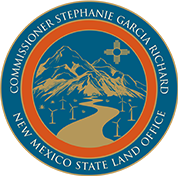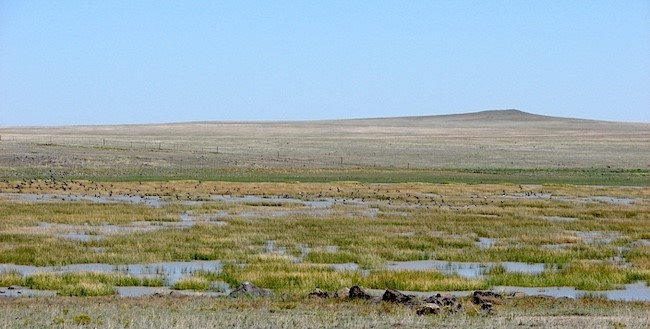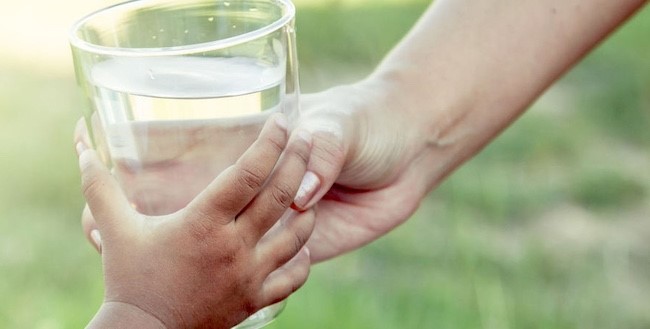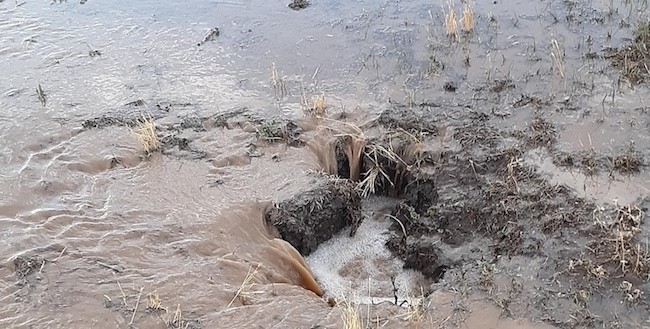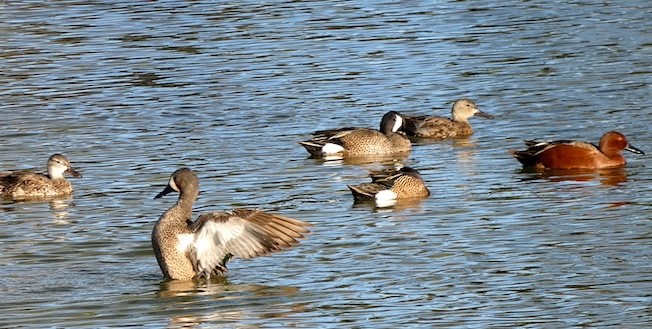Playa Lakes Restoration Initiative
Do you need some help?
The quickest way to reach us is to contact us through the contact form on the website.
Address:
310 Old Santa Fe Trail,
Santa Fe NM 87501
Phone:
505-827-5760
Playa Conservation on State Trust Lands
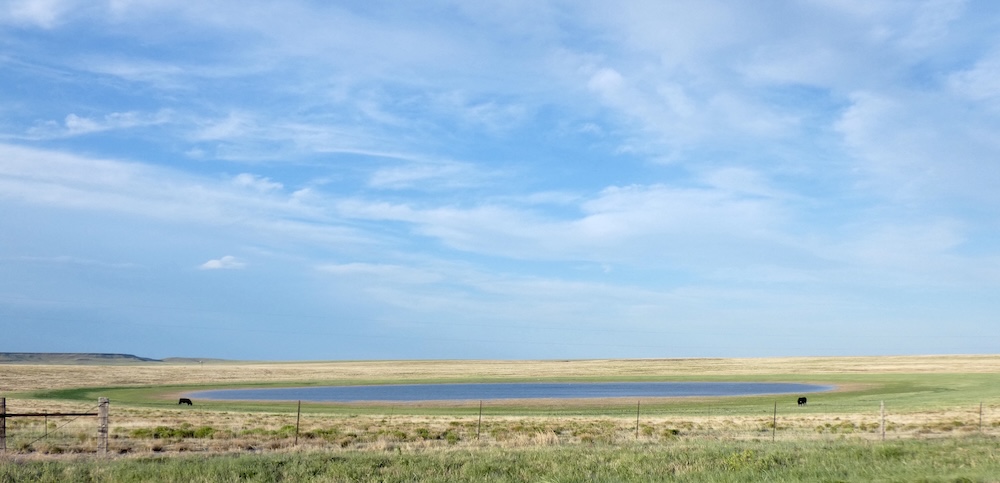
In eastern New Mexico, there are over 2,100 playas, which are temporary wetlands that provide important benefits for both people and wildlife. Most of them are located in areas of native grass or rangeland, including 370 playas located on lands owned by the New Mexico State Land Office.
Playas, when healthy, provide a sustainable water source for communities and rain-fed operations, water filtration, flood control, livestock forage, and recreation.
To ensure that playas on state trust lands are healthy and continue to benefit New Mexico residents and wildlife, the State Land Office is working with Playa Lakes Joint Venture (PLJV) and local Soil and Water Conservation Districts to restore playas on leased lands. Using the PLJV playa dataset, 50 playas have been identified as still needing some type of restoration (see map) – one playa is currently being restored and other restoration projects have already been completed.
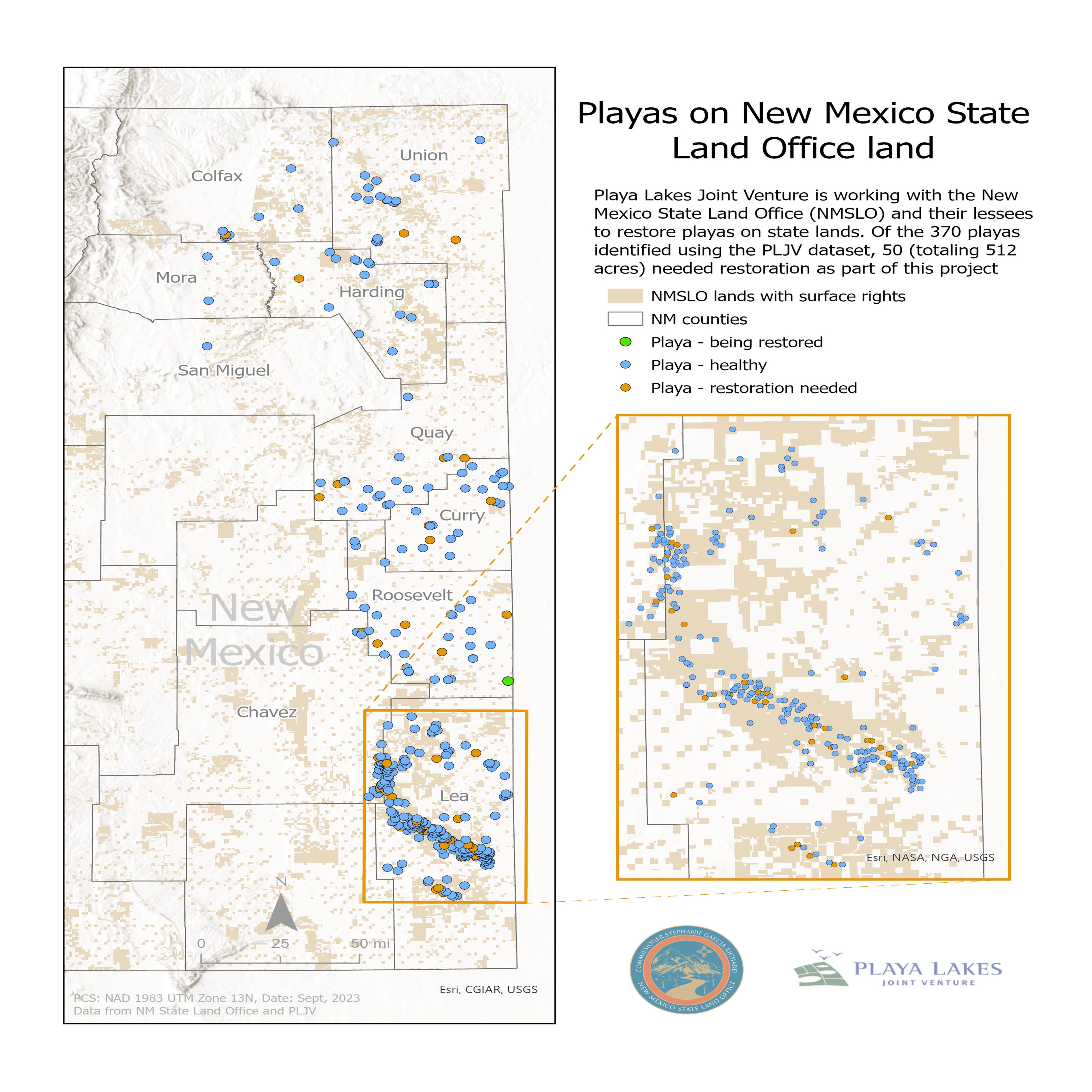
RESTORING PLAYAS AGREES WITH ME 100%
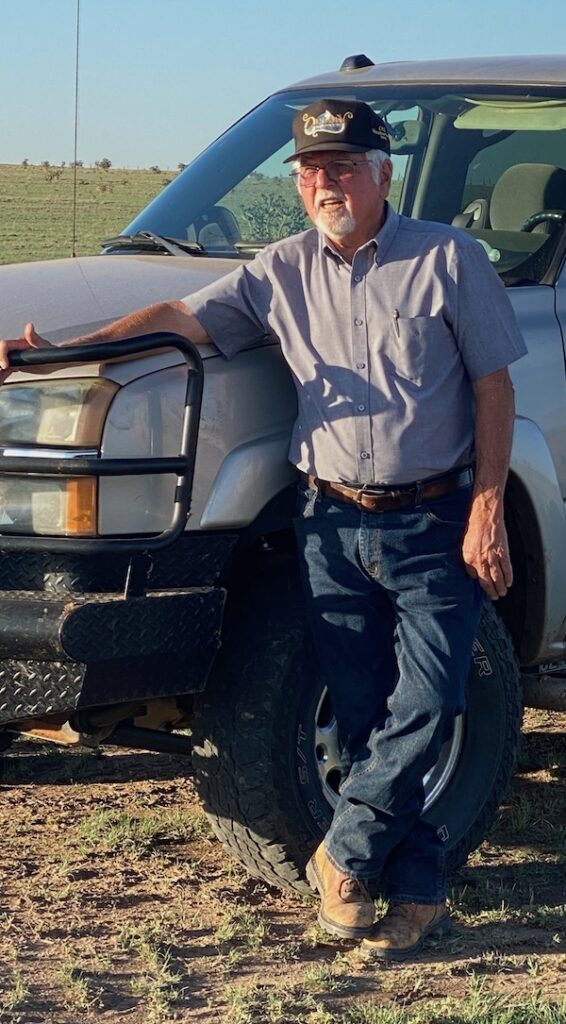
Dwight Parker ran a cattle operation in Quay County, New Mexico, which included rangeland leased from the New Mexico State Land Office. In 2020, he participated in a program to fill pits in three playas – restoring them for the benefit of his cattle and the land. His main focus was providing clean water for his cattle, rather than having them drink water that had been standing in the pit and could be contaminated.
“I’m a land guy. I’m an agriculture guy. I want to keep our country and our communities and our farm land good,” said Dwight. “I think this plan is just excellent. It keeps my cows from going down there and looking for water, and sends them back to the water trough, where they get the good clean water.”
According to Dwight, another important factor in his decision to restore the playas was doing something that supports future water sustainability since healthy playas are a primary source of groundwater recharge.
“We’re restoring our aquifer. We’re putting water back into the ground. Yes, it’s a slow process; but we’ve got to start somewhere. It’s going to take time, but we’re trying, and I’m totally sold on it.”
When asked why he participated in the program to restore the playas, he said, “It just agreed with me 100%. I knew what it was going to do for me. I knew what it was going to do for my cattle. I knew what it was going to do for the environment. Win, win, win, right?!”
WHAT IS A PLAYA?
Playas — also called mud holes, buffalo wallows, and lagoons — are round, shallow depressions found at the lowest point of a watershed. Their basins, which are lined with clay soil, collect and hold water from rainfall and runoff, creating temporary wetlands.
A healthy playa has an intact clay basin — without excavated pits or ditches — that is not buried by sediment from nearby fields. Water from the surrounding watershed freely enters the basin through a native vegetative buffer without being diverted from the playa by roads, terraces or other impediments. See how playas work in the video below.
HOW ARE PLAYAS RESTORED?
Many playas have been modified and are no longer functioning as healthy playas. Playa restoration reverses past modifications to playas by removing accumulated sediment, filling drainage features, redirecting water back into the playa, and protecting the playa with a buffer composed of native vegetation. Learn more >>
IS GRAZING ALLOWED ON PLAYAS?
Grazing has always been an important component of the prairie landscape, and it can be used to manage the vegetation in playa buffers and basins. This can provide additional forage and water for livestock, especially during drought when the only moisture supporting plant life is often found within a playa. Prescribed grazing, along with prescribed fire as appropriate, will help maintain both the playa and surrounding uplands in the best condition for both cattle and wildlife. While playas can be part of a grazing system, utilization rates should be carefully planned and monitored so the vegetation height within the buffer can continue to effectively trap sediment from reaching the playa basin.
WHAT IF THE PLAYA IS MY ONLY WATER SOURCE?
Because pits in playas hold water longer, they are sometimes used to water cattle; however, this is not an ideal situation, especially in drought years. Before restoring a playa, an alternative water source may need to be developed, which can include piping water or drilling a well. Both of these options can be expensive, but there are assistance programs available through USDA Natural Resources Conservation Service and New Mexico Department of Game and Fish. We can help you determine what needs to be done and available assistance.
HOW CAN I PARTICIPATE?
We understand that every playa, and operation, is different. If you have a playa on your leased land, and would like to discuss restoration or management options customized for your operational goals, please contact our Rangeland Ecologist at rangeland@nmslo.gov.
MORE INFORMATION
For more information about playas and playa benefits, visit PlayasWorkForNewMexico.com
